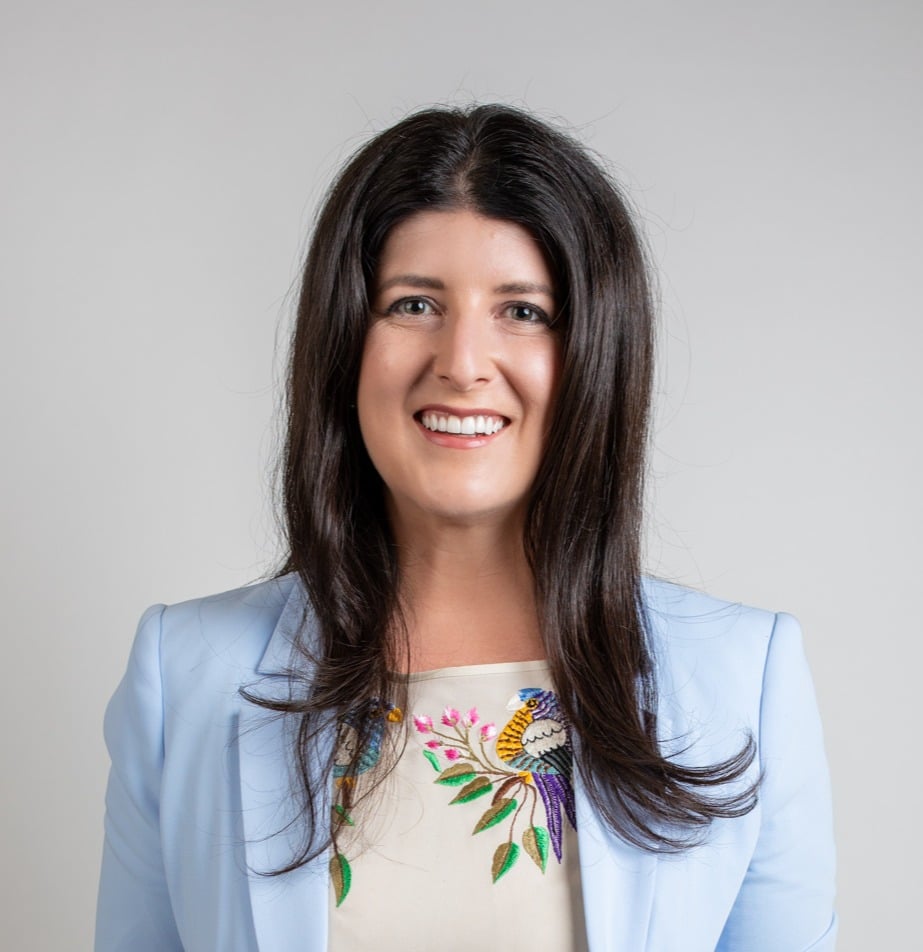Around this time last year, the industry was abuzz with non-QM talk. And, exactly one year later, the topic captivates hungry lenders interested in expanding their business. The Verity team hosted a webinar with industry experts Rob Chrisman, Christopher D'Auria, Anselma Antao, and Carol Berger last year, which is summarized here. This year, we are revisiting non-QM’s current state, challenges, opportunities, and practical insights of the market. Non-QM loans revolve around the dynamic landscape of alternative mortgage lending and its implications for lenders, borrowers, and investors. Are there truly riches in the non-QM niches?
It seems like every year is predicted to be the "year of non-QM," yet the market's full potential remains untapped. How are lenders navigating this landscape to strike a balance between risk and opportunity? As the industry embraces the notion of "riches in the niches," lenders express interest in non-QM loans due to their capacity to cater to a diverse range of borrowers with unique financial profiles.
Historically, non-QM lending is faced with challenges. Non-QM loans, often seen as a specialty, are increasingly attractive as the easier mortgage deals diminish. As investors halt activities, the absence of outlets creates a need for alternative solutions. Investors are always in search of opportunities, and the non-QM sector factors into their risk-return considerations. As non-QM loans serve a valuable purpose in catering to specific borrower needs, it is important to align loan products with investor interests.
For lenders, partnerships and adaptability are important. Lenders should forge partnerships with takeout investors, warehouse banks, and service providers to scale operations and remain flexible in the ever-changing landscape. To thrive in the non-QM space, adaptability to varying underwriting guidelines and borrower demands is essential.
“Having a partner like Verity has helped us adapt not only with just our underwriting and our disclosures, but also across our organization with IT projects, and helping us align our Encompass to what different investors that we sell to can offer so that we can turn around and offer it to our clients,” says Christopher D'Auria, president and CEO of WestGen Lending. “It's a challenging environment, but we've used a TPR firm like Verity to really scale into this market, achieve a margin, stay profitable, and be an exception in the marketplace. We grew our business by almost 20 percent in 2022, in part to our alignment with Verity and in part to investing in non-QM, and believing in our credit culture and thriving volume from that perspective.”
A core component of non-QM is meticulous adherence to underwriting practices and guidelines. Communication is crucial to overcoming the challenges of the unconventional non-QM landscape. Verity collaborates with lenders to provide thorough underwriting and training, while also fostering partnerships for better risk management and seamless processes.
While the non-QM market holds immense potential, lenders must approach it with caution, a thorough understanding of investor appetites, and a commitment to quality. The conversation underscores the importance of partnerships, adaptability, and scalability to succeed in the complex world of non-QM lending. As the mortgage landscape continues to evolve, the lessons learned from this discussion serve as a guiding light for lenders navigating the path of non-QM loans.

%20(2).png)